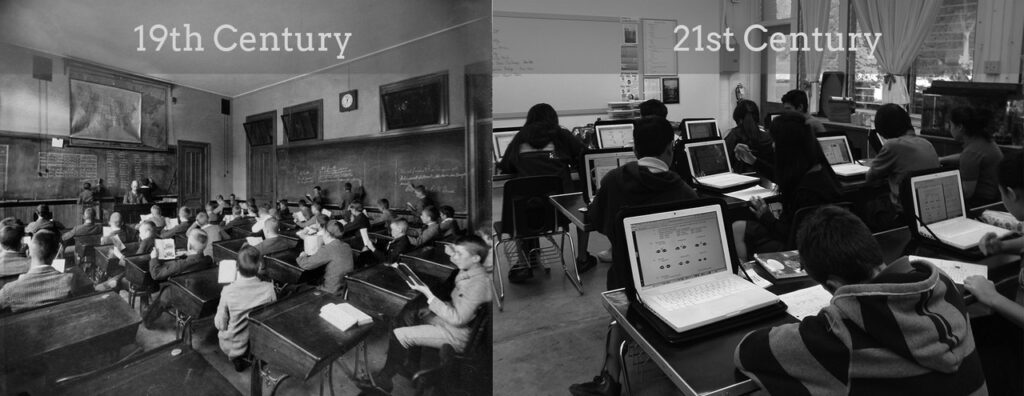While reading Chapter 1 of Assessment Strategies for Online Learning by Dianne Conrad and Jason Openo, I was inspired by their insights into how learners respond to assessments. Looking back across 19 countries, I have noticed that educational systems and teaching methods have changed very little, remaining much the same since the nineteenth century. The COVID‑19 outbreak in 2019 became a milestone for education, exposing the outdated nature of traditional learning approaches. Since then, people have sought new methods of teaching and learning to help students succeed under different circumstances.

Compared with the 19th century, the education system in the 21st century is changing. Even though students still learn in the classroom, they can now use the internet to explore knowledge, not just rely on the teacher. Therefore, Universal Design for Learning offers multiple ways for students to perceive knowledge and engage with content. Providing flexible learning methods will enable learners to thrive in online spaces. This can optimize learning efficiency and support students even when they are in different situations.

I would love to share this quote. Online learning, according to Latchem (2014), “ceases to be mere delivery of digital learning products for the students’ consumption and becomes a platform whereupon knowledge and learning are created by students through interaction, collaboration and inquiry” (p. 311).
This proves that today’s learning channels have extended far beyond the four walls of the classroom; students can build this knowledge through their peers, instructors or even learn from others through different platforms. Moreover, Conrad and Openo point out three key elements—social, teaching, and cognitive—that play an important role in the learning process. Combining these factors can help students achieve a deeper and more effective learning experience. For example, while working on this Post 3 in WordPress, I must share my thoughts after reading the article, and my peers can comment below. This is a great example that combines the social, teaching, and cognitive elements. In today’s education, each layer strengthens the others, turning a simple posting exercise into a richer cycle of learning experience.
Education Suggestion
I think it is good to include a social-media platform like WordPress in the lesson plan. This approach moves away from traditional teaching methods and integrates more diverse educational strategies that can increase students’ enthusiasm for learning. Students can freely control their study time, and the process is actively managed by them. Teachers support all group members through meetings. Students can discover more interesting knowledge through communication with peers, and when they encounter difficulties, they can exchange opinions and learn from one another. This will be a big milestone for the education system.
Welcome to comment below and discuss what you think so we can learn together.
Refenece
A Set of Essentials for Online Learning : CSE-SET – Scientific Figure on ResearchGate. Available from: https://www.researchgate.net/figure/Benefits-of-online-learning_fig3_369556674 [accessed 9 Jun 2025]
Conrad, D., & Openo, J. (2018). Assessment strategies for online learning: Engagement and authenticity. AU Press. https://doi.org/10.15215/aupress/9781771992329.01
Leave a Reply